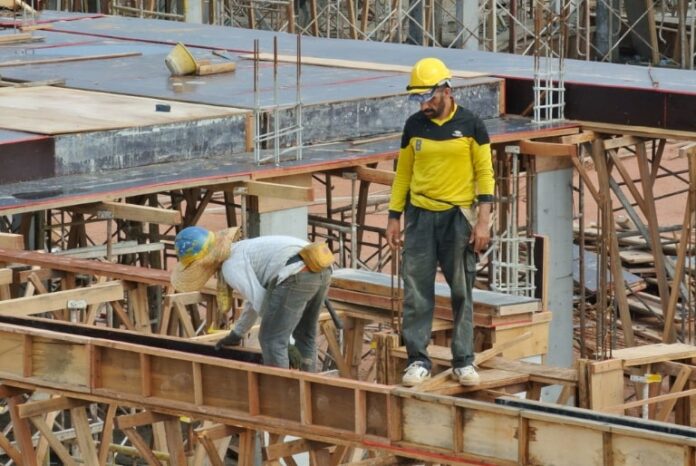Workplace accidents, despite years of campaigning and endless health and safety legislation, remain a fact of life in the United Kingdom. In the year ending April 2024, according to RIDDOR, 138 people lost their lives in work-related accidents. The most common cause of death here is falls from height.
If you fall from the first, second, or even third floor of a building, then you are overwhelmingly likely to suffer an injury. The greater the distance, the more force is involved when you hit the ground, and the likelier you are to suffer life-changing injuries or death. As such, it’s worth taking every precaution to ensure that this doesn’t happen.
Let’s consider a few vital risk factors when it comes to falls from height.
Inadequate Risk Assessment and Planning
Many falls from height occur because inadequate precautions were taken. For this reason, it’s vital that regular risk assessments are undertaken in order to identify the circumstances under which a fall is likely to take place.
For example, a risk assessment might identify the unsafe use of ladders, raised platforms, or scaffolding. It might determine that this equipment is not being maintained properly, or that edges are not visible enough. If lighting is poor or workers are unaware of exactly where their next footstep is going to land, accidents become inevitable.
Unsafe Use of Ladders and Access Equipment
So, how exactly should ladders and other equipment be used? To begin with, the equipment will need to be in good condition. It will also need to be placed on a stable surface.
A good rule to bear in mind is that all workers should maintain three points of contact when ascending or descending a ladder. In other words, you may only remove one hand or foot from the rungs as you climb.
Lack of Proper Training and Supervision
If workers are not properly trained in how to use a ladder, then they might find themselves at risk through no fault of their own. Employers have a legal duty to provide a safe working environment, and this often means equipping workers with the skills they need to operate safely.
A lack of training might cause an employer to fall short of their legal obligation to provide a safe workplace. This might lead to accident claims, which can be damaging to both the finances and reputation of the firm involved.
Training should therefore be provided. Workers should be made aware of the expected standards of behaviour, and supervised to ensure that these standards are being met. Unfortunately, the standard and quantity of training provided in high-risk sectors like construction is not all that it might be. If you can provide this training in your workplace, in other words, you might enjoy a competitive advantage when it comes to staff morale and retention.
Failure to Implement Fall Protection Systems
A fall protection system is there to intervene when all other measures fail. Ideally, workers would avoid straying near the edges – but in reality, it might be difficult to entirely prevent this. Physical barriers, like guardrails around high platforms and safety nets just beneath them, might make a difference between life and death. As such, they’re measures worth taking.




